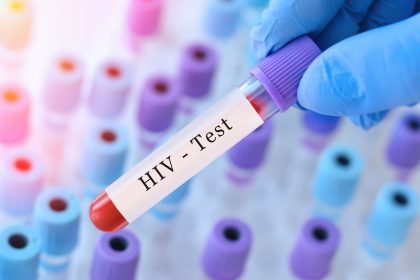The vagina maintains its moisture through a complex interplay of hormones and natural secretions. However, when this delicate balance is disrupted, dryness can occur, leading to discomfort and irritation. Throughout the menstrual cycle, the body produces varying amounts of moisture to keep vaginal tissues healthy and functional. Dryness might appear at different points in the cycle, often becoming more noticeable just before menstruation or during ovulation. This reduction in moisture not only affects comfort but can also make the vaginal environment more susceptible to irritation and infection.
The role of changing hormones
As women move through different life stages, their hormonal balance shifts significantly. During perimenopause and menopause, estrogen levels begin to decline, which often leads to changes in vaginal moisture. These changes can also occur during the postpartum period, especially while breastfeeding, when hormone levels fluctuate dramatically.
Beyond hormonal influences
While hormones play a significant role in vaginal moisture, other factors can contribute to dryness. Many medical treatments, including certain cancer therapies, can affect the body’s ability to maintain proper vaginal moisture. Additionally, some autoimmune conditions and medications may impact natural lubrication processes.
Daily habits matter
Our everyday choices can significantly influence vaginal health. The products we use for intimate hygiene, our smoking habits, and even our water intake all play roles in maintaining proper moisture levels. Stress and anxiety can also affect our body’s natural processes, potentially leading to decreased lubrication.
Maintaining intimate connections
Vaginal dryness often affects more than just physical comfort. It can influence our relationships and emotional well-being. Many women experience changes in their confidence and desire for intimacy when dealing with this condition. Open communication with partners becomes essential for maintaining healthy relationships while addressing these concerns.
Recognizing warning signs
While some degree of variation in vaginal moisture is normal, certain symptoms suggest a need for medical attention. Persistent discomfort, unusual sensations, or recurring infections warrant a conversation with healthcare providers. These professionals can help determine whether symptoms indicate an underlying condition requiring treatment.
Finding effective solutions
Modern medicine offers various approaches to addressing vaginal dryness. From moisturizers and lubricants to hormone-based treatments, women have multiple options for managing their symptoms. Healthcare providers can help determine the most appropriate treatment based on individual circumstances and needs.
Taking control through self-care
A proactive approach to vaginal health involves more than just treating symptoms. Regular exercise supports hormonal balance and circulation, while proper hydration helps maintain overall body moisture levels. Gentle hygiene practices protect the vagina’s natural balance.
Professional guidance and support
Healthcare providers offer valuable insights and treatment options for managing vaginal dryness. Regular check-ups allow for monitoring of vaginal health and adjustment of treatment plans as needed. These professionals can also help identify any underlying conditions contributing to symptoms.
Emotional well-being
The psychological impact of vaginal dryness deserves attention and care. Many women benefit from professional counseling or support groups where they can share experiences and learn from others facing similar challenges. Understanding that this condition is common helps reduce stigma and encourages open discussion.
Nutritional considerations
Our diet influences every aspect of our health, including vaginal moisture levels. Foods rich in certain nutrients can support hormonal balance and overall vaginal health. A balanced diet provides the building blocks our bodies need to maintain proper moisture levels.
Personal variations
Each woman experiences vaginal moisture differently, and what constitutes normal varies from person to person. These differences extend to treatment responses and management preferences. Understanding and accepting these variations helps women make informed decisions about their care.
Advancing treatment options
Medical research continues to expand our understanding of vaginal health and dryness. New treatments emerge as scientists learn more about the complex factors influencing vaginal moisture. These advances offer hope for improved management options in the future.
This deeper understanding of vaginal dryness empowers women to take charge of their health and well-being. Through proper medical care, lifestyle adjustments, and open communication, women can effectively manage this condition and maintain their quality of life. Remember that experiences vary, and working closely with healthcare providers helps determine the most effective approach for each individual situation.
















